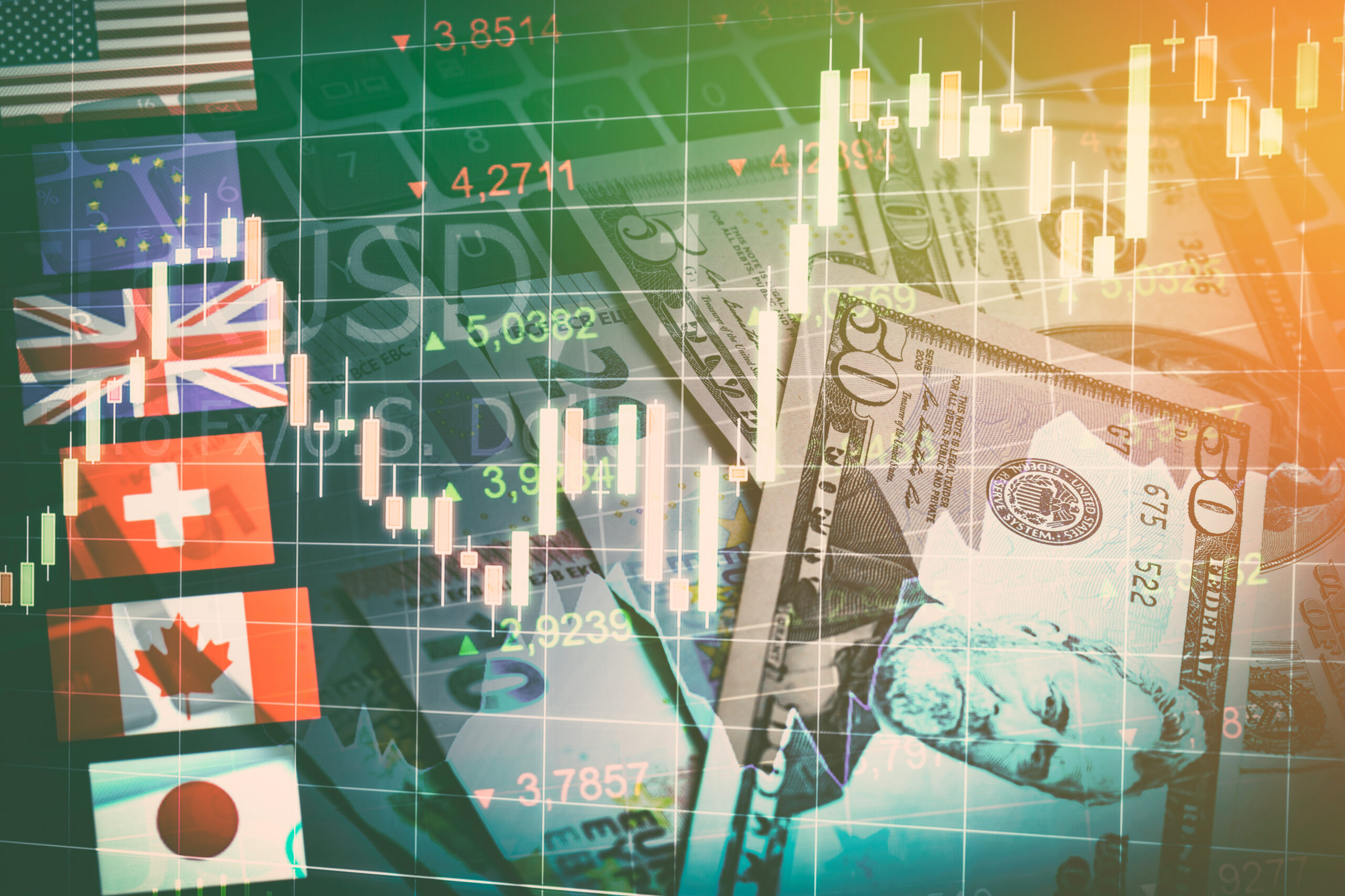
What the rise of the $A means for global investors
The recent rise of the Australian dollar has been surprising but not confounding for experts who believe the its natural level is closer to US70 cents.
Indeed, it’s the weakness of the US dollar that’s pushed the Australian dollar higher relative to the benchmark currency in recent weeks even though US economic growth and a resurgent commodities segment had most market watchers expecting the Australian dollar to be trading lower.
Since mid December last year, the Australian dollar has been on a strong run relative to the USD, rising around 7.5 per cent and pushing above US80 cents.
“I think [the Australian dollar rise] is limited because the longer it goes up, the more it will constrain the economy and the longer the Reserve bank will hold off raising rates,” Dr Shane Oliver, AMP Capital’s Head of Investment Strategy and Chief Economist, tells AMP Capital TV.
Investors allocating to global equities expecting a free kick from a down-trending Australian dollar this year might be wondering whether it is likely to stay high or even whether it could continue to defy gravity and strengthen against the US dollar further.
A survey of self-managed superannuation funds by SMSF administrator Super Concepts shows funds increased their exposure to international shares during the last quarter of last year above and beyond what performance and currency movements would have delivered. SMSFs increased their exposure to international equities from 13.1 per cent to 13.9 per cent during the quarter based on allocation changes of around 2650 funds.
Oliver’s view is the natural level of the Australian dollar is closer to 70 cents given central bank policy settings and economic growth that’s begun to emerge in the US. The International Monetary Fund recently raised its US growth forecast to 2.7 percent this year, 0.4 point higher than the forecast in October.
For those investors allocating to global shares, Oliver suggests maintaining a bias to global shares is still worthwhile.
“While the Australian dollar has gone up, my feeling is you still would have been better off having your money in global shares because they have substantially outperformed the Australian share market even with the currency movement taken into account,” Oliver notes.
Important note: While every care has been taken in the preparation of this document, AMP Capital Investors Limited (ABN 59 001 777 591, AFSL 232497) and AMP Capital Funds Management Limited (ABN 15 159 557 721, AFSL 426455) make no representations or warranties as to the accuracy or completeness of any statement in it including, without limitation, any forecasts. Past performance is not a reliable indicator of future performance. This document has been prepared for the purpose of providing general information, without taking account of any particular investor’s objectives, financial situation or needs. An investor should, before making any investment decisions, consider the appropriateness of the information in this document, and seek professional advice, having regard to the investor’s objectives, financial situation and needs. This document is solely for the use of the party to whom it is provided. © Copyright 2018 AMP Capital Investors Limited. All rights reserved.
Original Source AMP Capital Ltd on 05 February 2018



